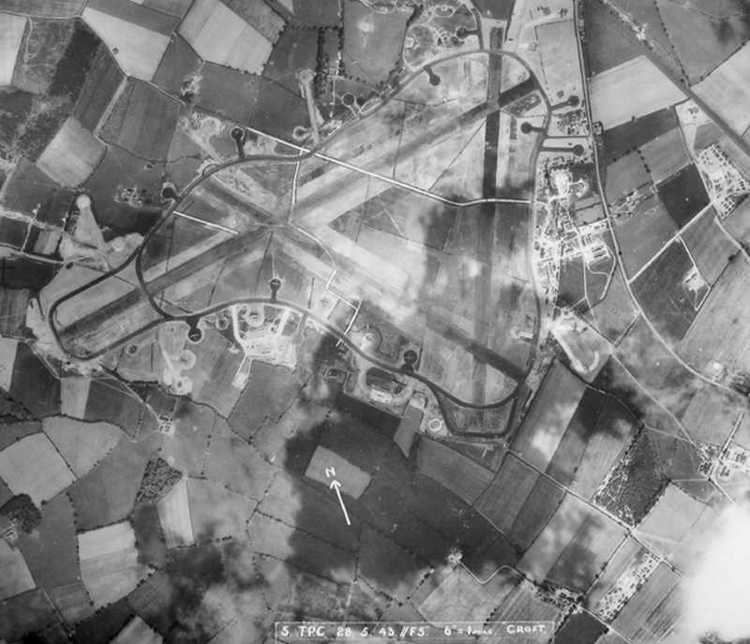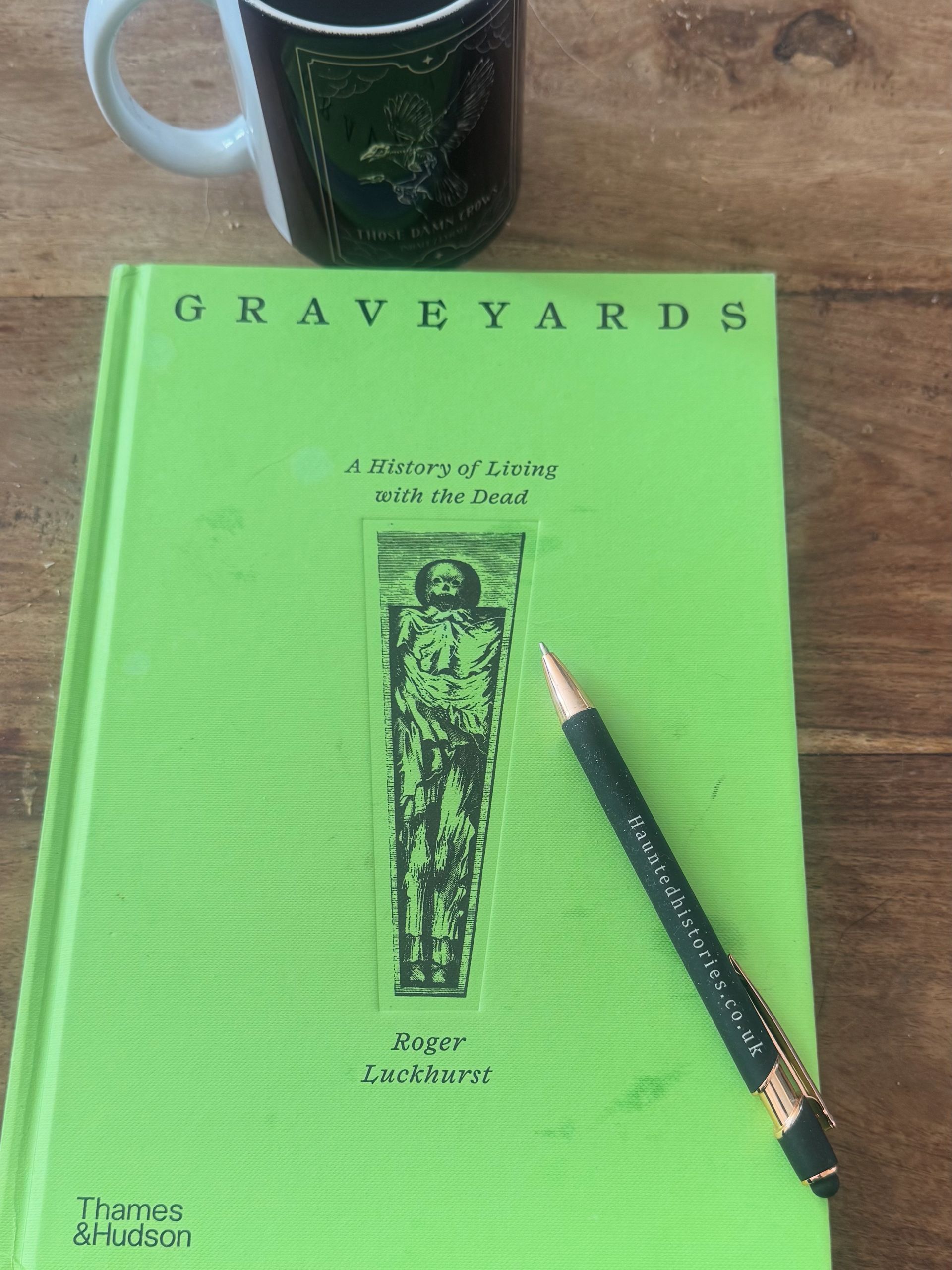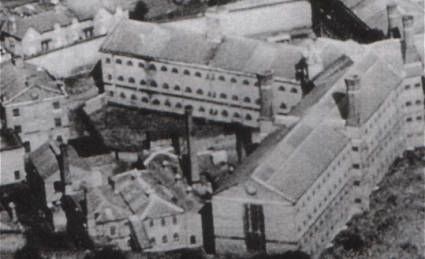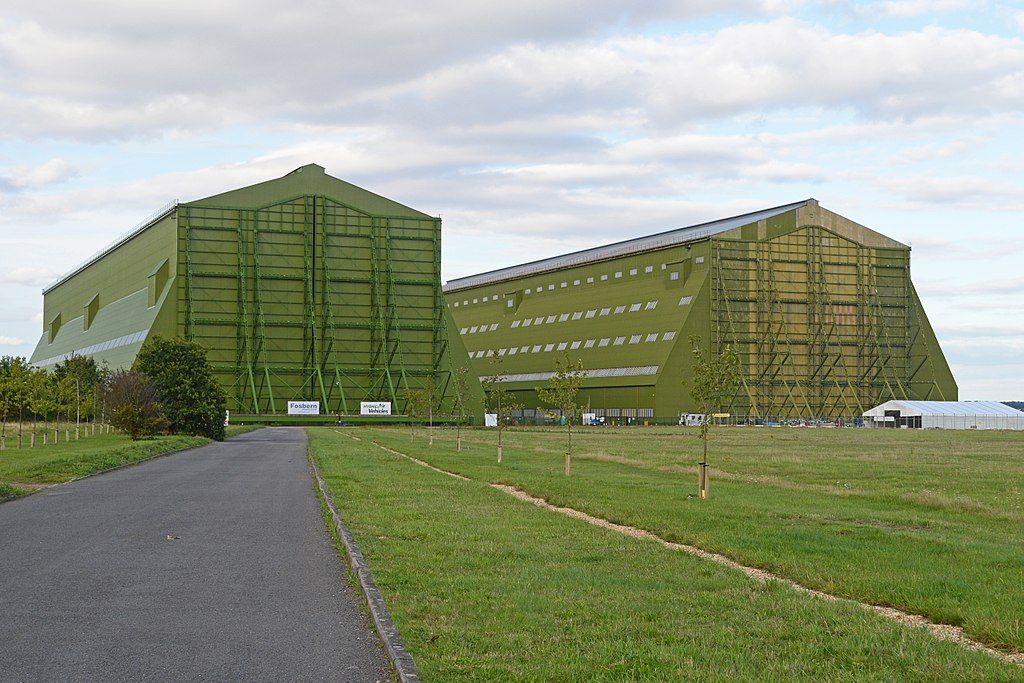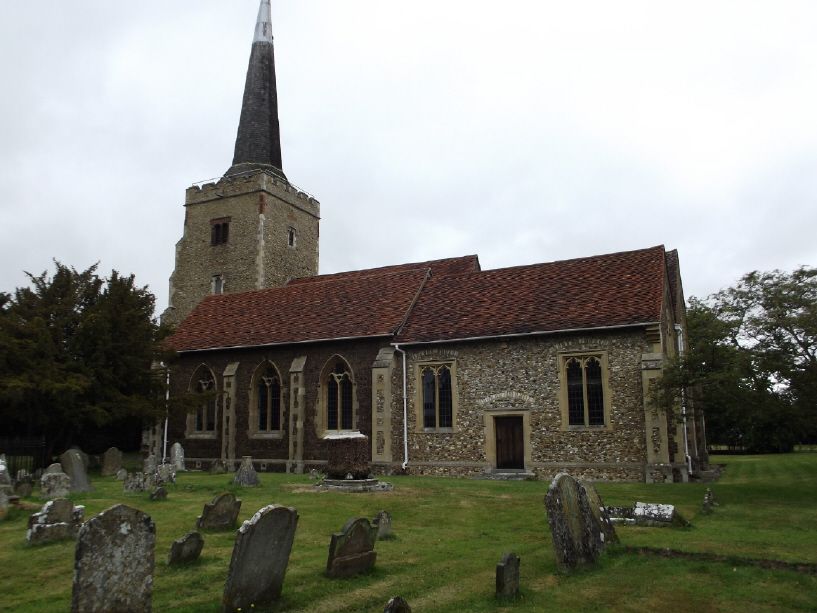Every marker tells a story...
Who else loves to visit graveyards? I know that quite a few of you do as I see the posts about it. On my recent family holiday to Somerset, we had parked outside a gorgeous old church in Mulcheney and my – newly turned – eleven year old excitedly asked if we could walk around the grounds and look at the gravestones. He knows how much I enjoy speaking the people’s names, and has started to gain an interest into looking at the dates and speculating on who they were.
Once he is a bit older I will most definitely teach him how to research those individuals and to learn more, but up until then, I just embrace his interest and do the deep diving myself.
There was one particular marker that caught my attention as it seemed so sad, in case you cannot read the photo I attached it says -
In loving memory of William Pipe Beckey who died February 19th 1929 aged 70 years, also of his seven children. Resting in the Lord.
The main thing that positively jumped out at me was the mention of his seven children, no names, no additional writing to explain how old they were, just that, seven children. It made me wonder what had happened, I am no stranger to seeing whole families listed on the stone, and normally a bit of historical quarrying tends to uncover something like a flu epidemic, a bout of cholera or something similar. Was this what had happened to Mr Beckey and his family?
I thought some of you may find it useful to know how I do my research, or at least how I tend to start it when looking at something like his. My first port of call was the 1911 census, this is a really handy one (if obviously it is the right time period) as it shows how long a couple have been married and also how many children have been born to that coupling – for completeness, there is also a box for how many of those children are still living. I do tend to find it quite sad when I see numbers that show high child mortality for a particular family, as in the case of the Beckeys. Under the website produced by the University of Cambridge, populationspast.org which shows you per area the mortality rate for both infants (under 1) and young children (between 1 to 5 years old), the figures for the district of Langport (where Mulcheney fits into) are not as high as more industrialised areas and are nearly 100/1000 and 60/1000 respectively in 1881.
Looking up the Beckey family on that 1911 census showed they had been married for thirty eight years and the union had produced sixteen offspring, of which ten were still alive – by this point Anna Maria, William’s wife was now into her late fifties so we can safely assume she had no more children. A quick and slightly clinical mathematical calculation shows they lost over a third of their family, when the average for 1881 was nearer 6%. I then start going back over previous census records to see who was still living at home, and if a child was not mentioned who maybe should have still been under the care of their parents, then you look to see if there is a record applicable to them.
Trying to work out who the seven children were who are unnamed on the grave marker is tricky, by using baptism records you can work out those to born to William and Anna Maria, but when you have had someone who has been giving birth every twelve months or so, and there is a large “gap” in ages, it is safe to assume that there may have been a bereavement of a baby before they had even been registered. I was able to trace five of the children, and whilst they may not have been buried in a marked grave due to cost – they were agricultural workers so money would not have been in abundance - I hope that Sarah Jane, Samuel, Mary Ann, Ethel and Gertie are resting easily.
